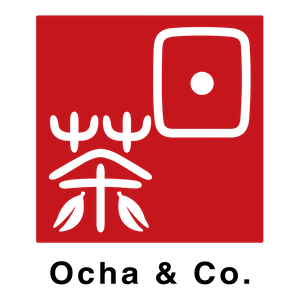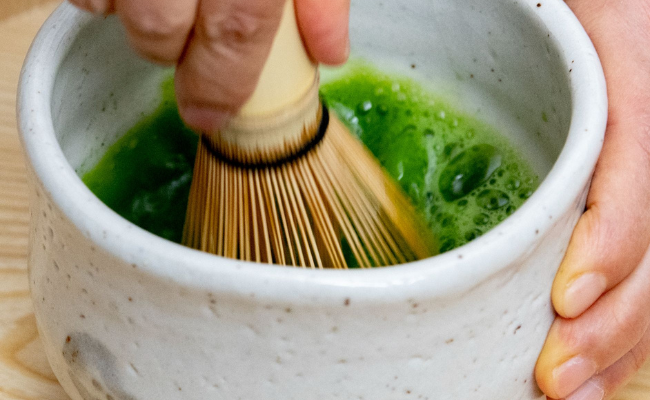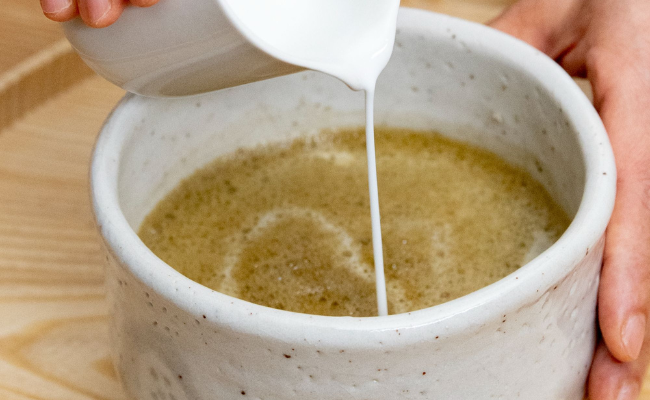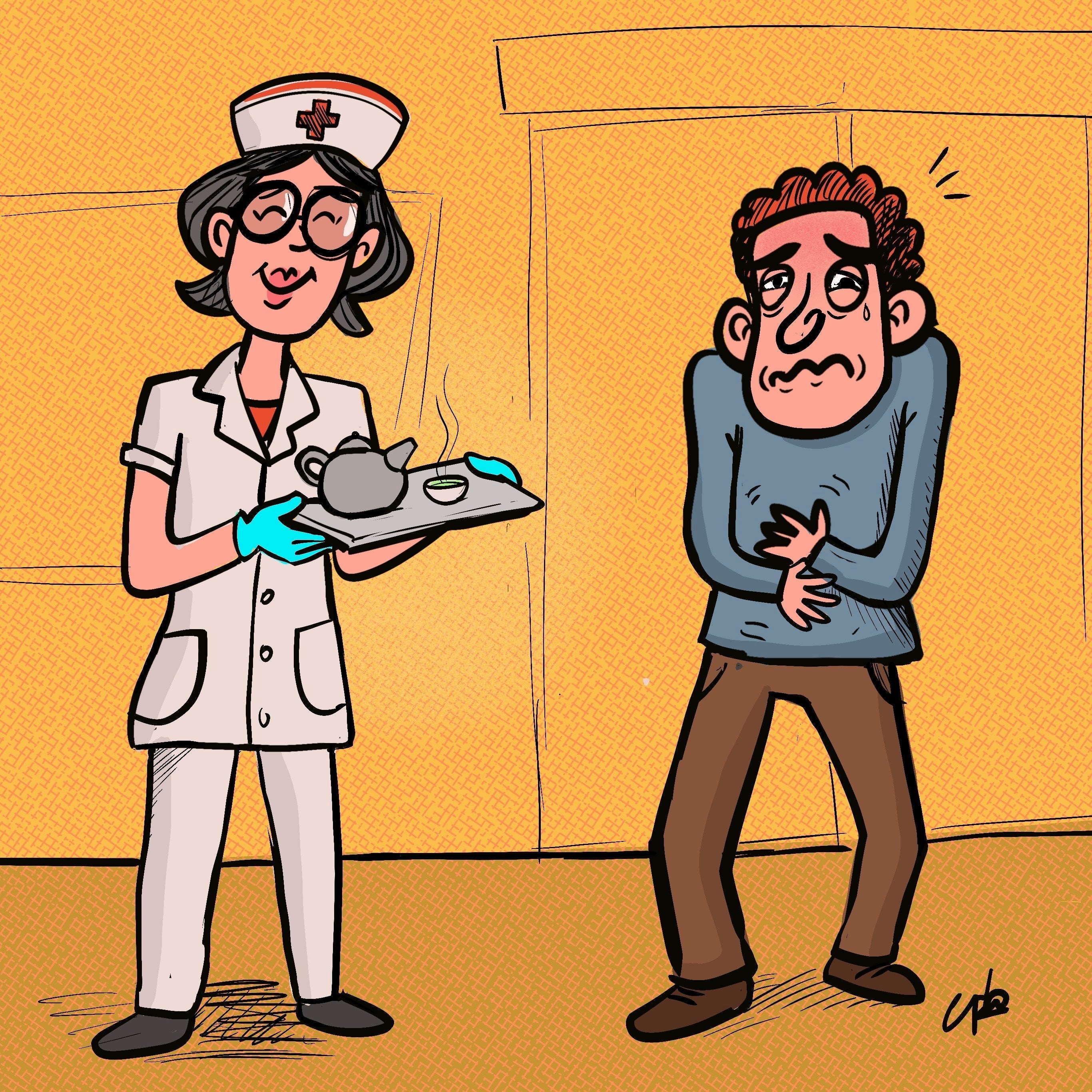Embracing Imperfection: Kintsugi Pottery
The Timeless Japanese Art of Kintsugi and the Philosophy of Wabi Sabi
If your favorite tea cup or Chawan has cracked or been broken don’t throw it away - embrace its accidental flaws and nurture it back to life just like the Japanese do.
In a world that often rejects anything flawed or imperfect, traditional Japanese culture presents an alternative perspective—one that celebrates the transient and imperfect.
What is kintsugi?
Kintsugi, literally translated to "golden joinery", is a ceramic repair technique encapsulated in the Japanese philosophy of "wabi-sabi," deeply intertwined with the tea ceremony.
What is wabi-sabi?
Rooted in Zen, specifically, wabi-sabi draws inspiration from the Three Marks of Existence—impermanence (mujō), suffering or damage (ku), and non-self (kū). Items embodying these principles are deemed more desirable and worthy as they age, showcasing the profound beauty found in the fragile, broken, and individual.
To comprehend wabi-sabi, one can break it into two components: "wabi," embodying beauty in asymmetric and unbalanced items, and "sabi," celebrating the aging process and the impermanence of life.
Kintsugi the embodiment of wabi-sabi
This philosophy finds a poignant expression in kintsugi, where the most cherished ceramic pieces often bear cracks, patina, or even remain incomplete. A striking example of wabi-sabi is the Japanese art form of kintsugi, where broken objects are repaired using gold lacquer, highlighting the beauty of its damage instead of concealing it.
The kintsugi technique goes beyond merely repairing broken pottery; it is a unique method that celebrates the history of each artifact by emphasizing its fractures and breaks rather than hiding them. It often elevates the repaired piece, giving kintsugi pottery a new and arguably more beautiful life than the original.
While the exact origins of kintsugi remain elusive, historical accounts suggest its emergence in the late 15th century. Legend has it that the shogun Ashikaga Yoshimasa, dissatisfied with metal staples mending a cracked tea bowl, inspired his Japanese craftsmen to develop a more aesthetically pleasing repair method—giving rise to kintsugi.
By the 17th century, kintsugi became a common Japanese art form. Folklore even recounts a warrior who strategically bought, broke and repaired standard tea bowls for profit during this time.
Beyond its aesthetic significance, kintsugi embodies philosophical ideals. It reflects the Japanese philosophy of wabi-sabi, appreciating beauty in imperfection, and is rooted in concepts like mottainai (regret for waste) and mushin (acceptance of change).

A quietly powerful tool for wellbeing
The point of Kintsugi - beyond sparing us repeat trips to Ikea! - is that it speaks a fundamental, universal truth that’s far more than just repairing crockery: life, it tells us, is perfectly imperfect.
To embrace imperfections and celebrate the beauty in the mended is an incredibly liberating antidote to the relentless pursuit of flawlessness.
Applying Kintsugi principles to life in a wider context means quietly, but powerfully, acknowledging and appreciating the scars, flaws, and mistakes that make us unique. By reframing challenges and setbacks as opportunities for growth, we can develop a sense of resilience and self-compassion.
Practicing Kintsugi, even at its most basic level (and you have to start somewhere, right?) is a very involving, in-the-moment process; an excellent way of training yourself to be more mindful that can be extrapolated to various aspects of life.
Kintsugi’s emphasis on repair and renewal inspires approaches to conflict resolution and community healing. Instead of discarding broken relationships or fragmented communities, the philosophy of ‘making something better by making the most of what you have’ encourages mending and rebuilding, enriching the social fabric. This approach aligns with the principles of restorative justice, emphasizing rehabilitation and reconciliation over punitive measures.
How to do kintsugi on your broken pottery.
It should go without saying that kintsugi is a craft that takes many years to perfect (ironic, in that it celebrates imperfection), but nothing is stopping you from trying your hand at it - just start on everyday and cheap ceramic pieces rather than reaching for the heirlooms!
The kintsugi techniques.
There are three predominant styles: crack, piece method, and joint-call. Each involves using gold, silver, or platinum-dusted epoxy to repair pieces of pottery, resulting in varied techniques and finished results.
Crack Method: Objects repaired using this technique are touched up with minimal lacquer, creating shimmering veins characteristic of kintsugi.
Piece Method: Works restored with this method feature replacement fragments made entirely of epoxy.
Joint-Call Method: Pieces fixed using this technique combine similarly-shaped pieces from other broken wares, creating a uniquely unified mosaic effect.
Our tutorial focuses on the Crack method - the most basic, still tricky, and requiring patience but an excellent start on what might well become a new obsession for you.
What supplies do you need to start?
Repairing broken pottery using kintsugi requires careful preparation. You’re about to embark on a labor of love so clear some time and ensure you have a tidy workspace free of clutter and just the wherewithal you need close to hand.
Be focused and mindful of the task - sipping a lovely matcha tea bowl (unbroken, of course) of Ocha & Co Matcha will help - don’t rush.
The repair kit
Apart from the ceramic ware awaiting transformation, make sure you have the following: five essential items.
-
Sandpaper: To smooth the sharp edges of the broken pieces. Use Grit #400/#1200 waterproof sandpaper (available online). Grit #400 is for sanding off the lacquered area, Grit #1200 is for a final touch to polish the gold/silver powder or kintsugi repair
-
Glue: Opt for slow-drying glue for extended working time. Ensure it is food-safe if the item will be used for eating or drinking. For decorative purposes, consider clear epoxy resin or other ceramic adhesives available at your local art supplies store.
-
Gold Powder (or silver): Acquire gold or silver mica powder from an art supplies store or online.
-
Clean Popsicle Sticks: These sticks will be your tools for applying the glue.
-
Thin Disposable Paint Brush: Use one or two brushes to delicately apply the powder.
Sanding Down
Begin the kintsugi process by lightly sanding any sharp edges on your broken pottery item using sandpaper.
Gluing
With the help of an icy pole stick, apply glue to the broken edges of your ceramic item. Carefully piece the pottery fragments back together. Allow some excess glue to seep from the cracks, as it will be utilized in the next step.
Applying the Dust
Swiftly sprinkle or dab the powdered gold onto the cracks in the pottery. It will adhere to the excess glue seeping from the golden cracks. If you're using slow-drying glue, take advantage of the extended working time. It's worth noting that achieving a perfectly even gold finish is not crucial; kintsugi pottery celebrates imperfections, turning them into unique features.
Waiting and Washing
When trying the kintsugi technique, patience is key. Allow approximately 30 minutes for the glue to dry before washing the item to remove excess powder. Once this stage is completed…

Stand back, admire
…and get the kettle on for a celebratory bowl of matcha from your reborn Japanese chawan.




